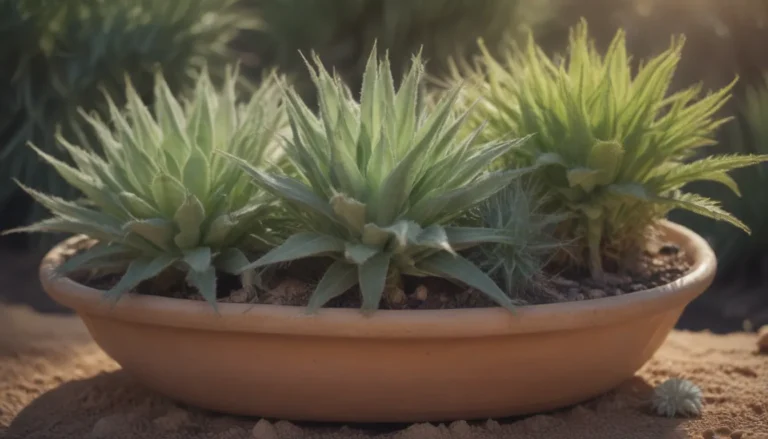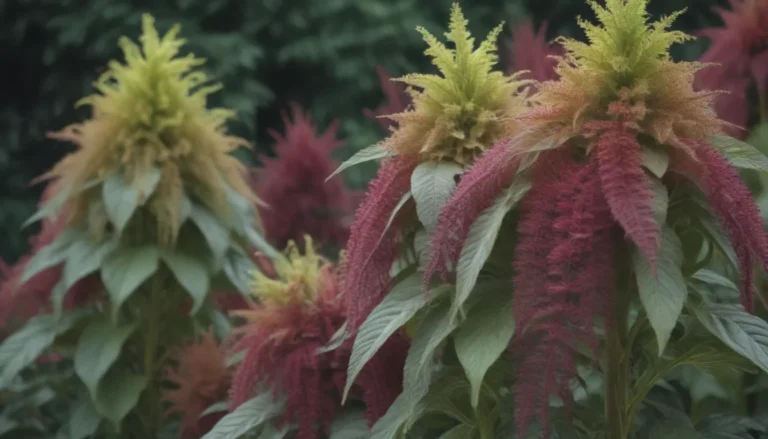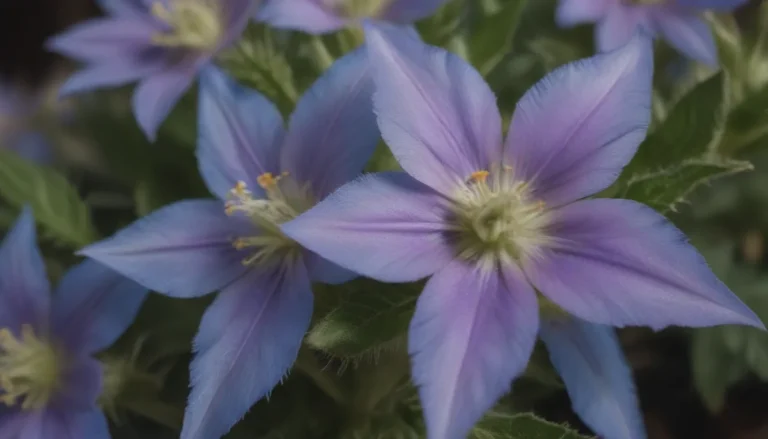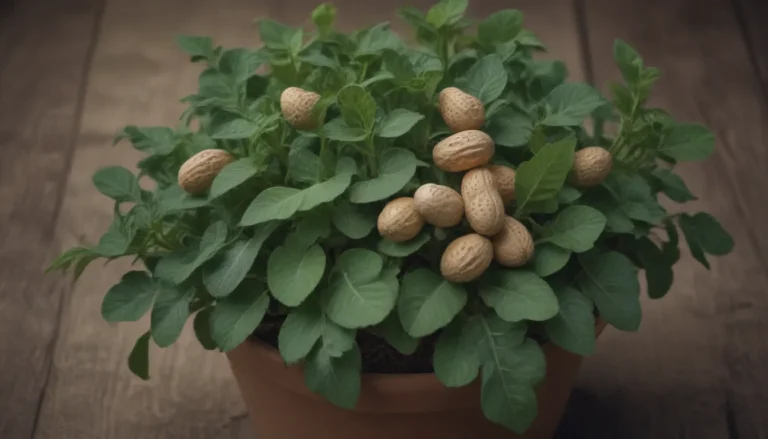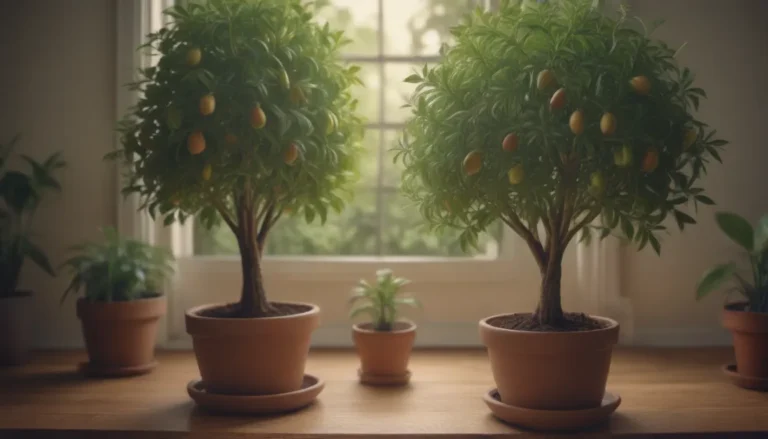Ultimate Guide to Growing and Caring for Noble Fir Trees
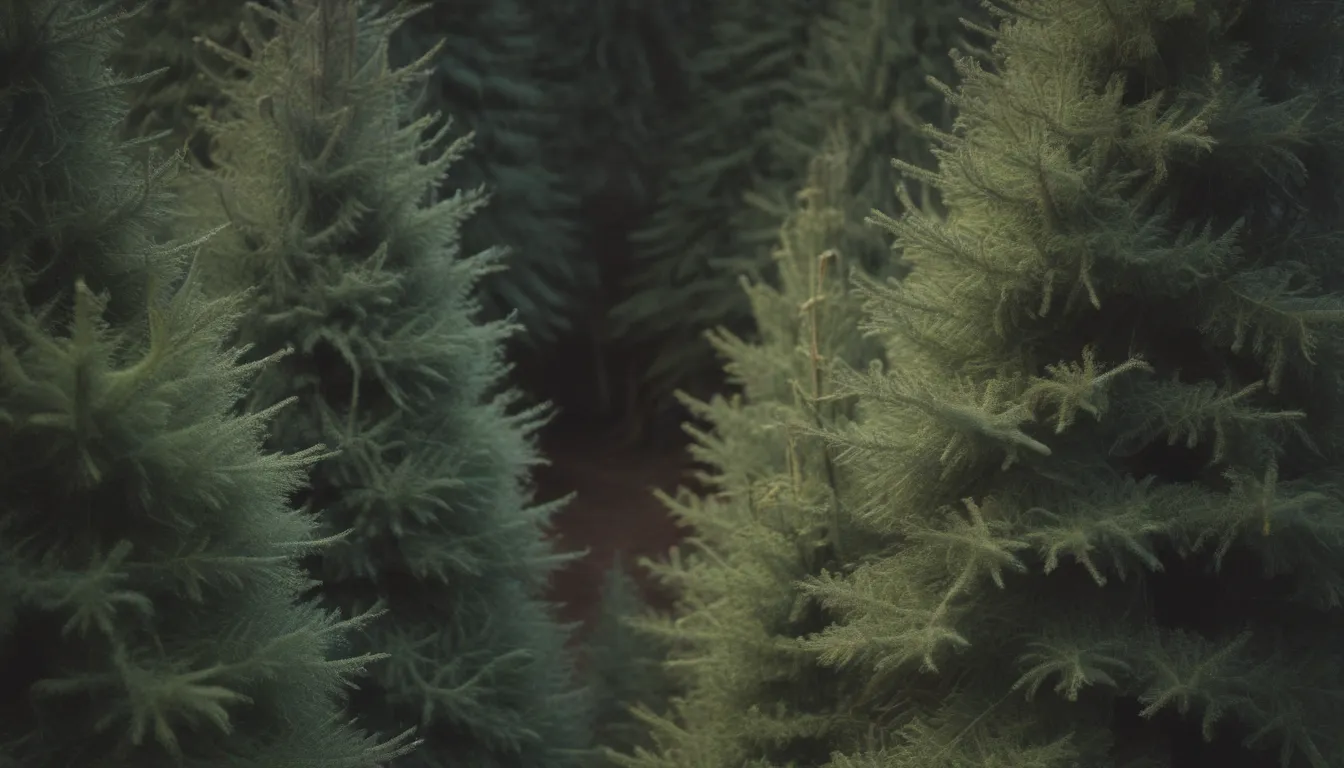
Noble fir, scientifically known as Abies procera, earns its moniker “noble” for being the largest American fir species and the largest of all true firs. Originating from the mountains of the Pacific Northwest, where it can reach towering heights of 180 to 270 feet, this majestic evergreen is often grown as a specimen tree in large, open landscapes. Due to its popularity as a Christmas tree, the noble fir is commonly referred to by this festive nickname.
Characteristics of Noble Fir
- Bark: Silvery-gray
- Needles: Gray-green or bright blue-gray
- Branches: Stiff, short, almost horizontal growth
- Crown: Conical in youth, rounding out with age
This long-lived tree doesn’t begin producing seeds until it reaches around 50 years of age. Noble fir not only offers aesthetic appeal but also serves as a vital food source and shelter for various bird species like chickadees and jays, as well as other wildlife.
Noble Fir Care Tips
Noble fir trees are relatively low-maintenance, provided they are planted in a suitable environment mimicking their native habitat.
Light
- Thrives in full sun or partial shade with a minimum of four hours of direct sunlight.
Soil
- Adaptive to a wide range of soil types, preferring cool, moist, well-drained soil.
- Tolerates deep soil but struggles in alkaline conditions.
Water
- Requires consistent moisture, ideally receiving ample precipitation in fall through spring.
Temperature and Humidity
- Flourishes in moist, cool, maritime climates, not suited for hot, humid conditions.
Fertilizer
- Generally, noble firs do not require additional fertilization.
Types of Noble Fir Cultivars
- Abies procera ‘La Graciosa’
- Abies procera ‘Compacta’
- Abies procera ‘Glauca prostrata’
- Abies procera ‘Rick’s Foxtail’
- Abies procera ‘DelBar Cascade’
Pruning Guidelines
Routine pruning is unnecessary for noble firs, aside from removing diseased or damaged branches.
Propagating Noble Fir
- Propagation is commonly done through softwood or hardwood cuttings.
- Freshly cut noble fir trees can also be propagated within 24-48 hours to create new plants.
Growing Noble Fir From Seeds
- Seeds from mature cones, harvested in early August, can be used to grow noble firs.
Potting and Repotting
- Young noble firs can be potted and then transplanted outdoors once they reach maturity.
- Smaller varieties can be kept in pots but should be brought indoors during extreme weather.
Overwintering Care
- Noble firs do not undergo full dormancy in winter, requiring minimal winterizing.
- Younger or propagated trees benefit from partial sunlight in sheltered locations.
Common Pests and Diseases
Fir trees, including noble firs, are susceptible to various pests and diseases. Common issues include aphids, mites, and adelgids, as well as fungal diseases like root rot and needle blight.
Noble fir boasts a moderate to fast growth rate of 12 to 24 inches per year, making it an attractive choice for landscaping projects. While commercially grown noble fir Christmas trees demand more intensive care, maintaining healthy growth through regular watering and fertilization is the key to enjoying a vibrant tree during the festive season.
In conclusion, noble firs are striking additions to any landscape, offering both beauty and ecological benefits to the surrounding environment. By following these care guidelines, you can ensure your noble fir thrives for years to come. So, whether you’re nurturing a young sapling or enjoying a grand specimen tree, the noble fir truly lives up to its esteemed name.

